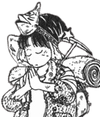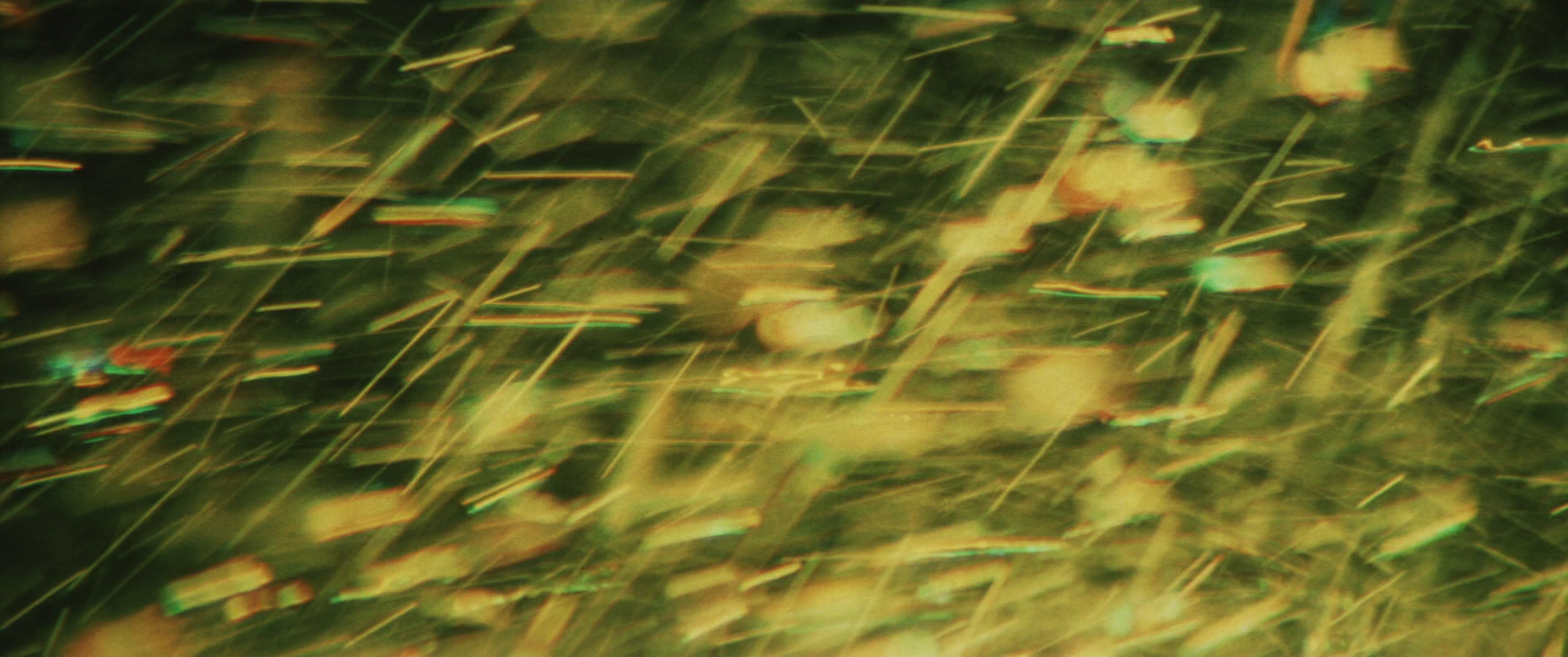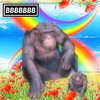Talking games | Super Fire Pro Wrestling Special
piledrive the abyss and the abyss piledrives back
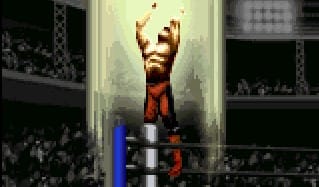
Spoilers for Super Fire Pro Wrestling Special
the body.
Inside Fire Pro Wrestling, a long running series of—you guessed it—professional wrestling games, something is born between the player and the computer as you square up in the ring. It’s not compassion exactly, not brotherhood or understanding; even at its most dramatic, your rivals largely remain as little more than palette swaps vaguely calling to mind real life legends, these digital problems to solve, puzzles to turn into punching bags.
And yet there it is, clear as day: a closeness, a sense of two wrapping up to one. An intimacy.

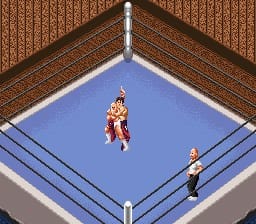
I won’t pretend to know exactly how or why that feeling exists, but maybe it comes from the comparatively measured pace of a match. It’s a statement that sounds insane when you think about the game: Rounds aren’t long (you’ll almost never find yourself going much past five minutes) and they’re packed with an unending barrage of moves from both sides. By any functioning metric, you cannot call a Fire Pro fight slow. But this is the world of video games—action and fighting games especially—where any given scuffle is a flashpan of animation canceling combos and sky juggles, of feedback mounted on top of feedback, hitsparks and hitstun turning any given punch into a rocket blasting off from an inch away in a space race between developers for more pleasure and more endorphins. Compared to the defined, standardized systems that dominate gaming, Fire Pro feels flat-out methodical and contemplative.
That’s because Fire Pro is a series defined by the time in-between button presses just as much as the presses themselves. Mashing any button in the ring will only accomplish you standing motionless like a bozo while your opponent flings your useless still breathing body around like some angry kid playing with a doll. Instead, Fire Pro is all about patience and timing, nearly its entire game contained within a grappling system built off of the anticipation and release of single presses going up against each other. You will spend as much time laying on the mat, staring up at the lights and unable to move, as you’ll spend actually fighting. Large swaths of a fight will be nothing but waiting, body up against body, arms around arms and legs around legs.
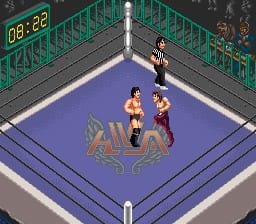
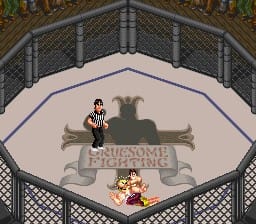
The series gets wrestling on a visceral, physical level in that way. Not that I’m a pro or even particularly know what I’m talking about. I’ve only ever been to two wrestling shows (Sendai Joshi and Tokyo Joshi respectively, both of which melted my face clean off and convinced me wrestling is like the great live entertainment), any thought on the sport could only ever be the most basic, well-trodden observations out there. Still, in this sport-cum-entertainment that everyone loves to point out is drenched in homo-eroticism, one that is all about characters that are people and people that are characters performing a semi-improvised expression of their relationships that requires absolute trust, intimacy is almost all there is. That single button press to initiate a grab is decided by whoever gets the closest to the perfect moment. You are both striving and closing in on a singular moment, a united perfection. You are trying to become one.

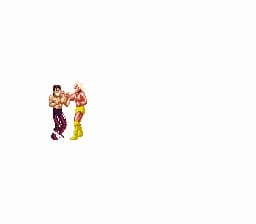
Super Fire Pro Wrestling Special is the ninth entry in the series (depending on how you count them) released in 1994 for the Super Nintendo only five years after the series began. It’s both written and directed by Goichi Suda, a man who would go on to helm Grasshopper Manufactures and establish himself as a leading figure of punk auteurship in games. Special wasn’t his first, though. Not even a year earlier, largely by virtue of being the only guy in the company into wrestling, Suda was given his debut directorial position for Super Fire Pro Wrestling 3: Final Bout.
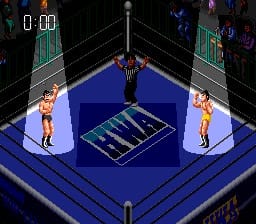
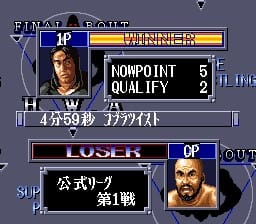
Everything I’ve written so far applies 100% to Final Bout. It rocks, it rules. With a hard, crunchy aesthetic and a push for verisimilitude, its fights are every inch as intimate and delicate as any other Fire Pro game and perhaps even more so than ever before, Suda adding a host of new complexities to the mix. But here’s the thing, and I don’t know how to say this without it sounding like a dig that I don’t mean it to be: Final Bout feels like what it is—an iterative entry in a series defined by rapid, iterative releases. It is the eighth mainline title in a series that had barely even been around for five years at that point. And that’s fine! Plenty of the greatest games out there are exist in similar ways. That doesn’t do a thing to diminish how great it is.
It’s just that, while the constant iteration of mechanics certainly applies to today’s game as well, true to its name, there’s something different about Special.
the soul.
Super Fire Pro Wrestling Special is a game that is cursed, twisted, traumatic and crazed, a game like many games in that it has largely ceased to be a game at all and instead has become a sort of urban legend, a curious object to discuss in iceberg videos and “You Won’t Believe How This Game Ends” SEO bait articles. It has evolved beyond Fire Pro and beyond itself into a whispered legend. And you know what? The legends are true. But like all stories, the reality of it has been sanded into shapes it once wasn’t.
“What exactly is professional wrestling?”
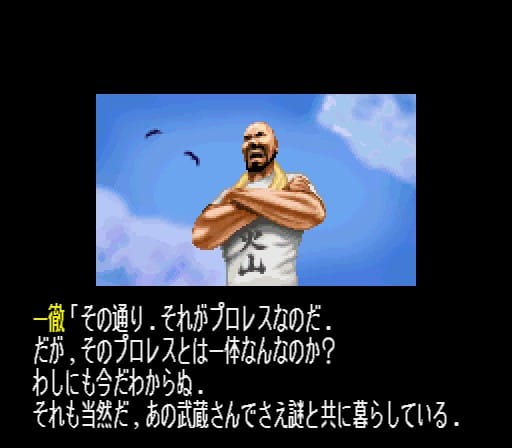
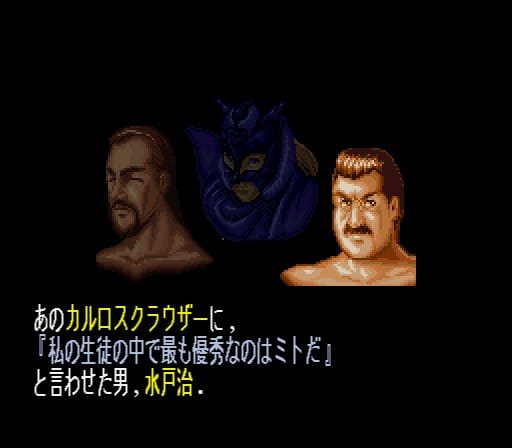
That is ostensibly the question that plagues Special, that subsumes and drowns its protagonist, a young hotshot named Morio Smith (a name taken from The Smiths and their lead singer Morissey). Starting in a pro wrestling dojo with a master who pontificates poetic about the mysteries and profundity of the sport, the game spends a good while rotating through a cast of characters—real wrestlers with their names changed—announcing themselves with a showman’s color. But their pomp hides what are ultimately ideological opponents to Morio just as much as physical ones, these figures loudly proclaiming their own philosophies and conceptions of wrestling and fighting and sport to Morio.
It’s fun, it’s light, it’s exactly the kind of shounen sport adventuring that you’d expect from a game called Fire Pro, and doesn’t take long for the cracks to start to show.
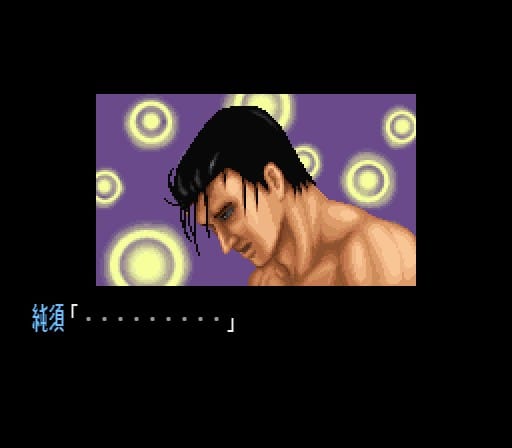
See, Morio isn’t really trying to understand wrestling. Despite what the wording might have you believe, the sport isn’t the question at all. He’s looking for an answer to something deeper, something bigger, something with no shape or form or way to ask it. The question that truly plagues him is a question that can’t be asked and can’t be answered. Even so, it’s a question I—and I suspect plenty of you—know all too well.
Some people are born with a hole in their soul. It’s bigger for some and smaller for others, but the reality of it doesn’t change. The hole has no bottom, and try as hard as you might, there’s no way to fill it—this great sense of emptiness and lacking where you know something should be. Sure, you can build up guard rails and supports so it doesn’t grow and you don’t fall in, and sometimes you can even put a sheet of metal over it so you can walk right on top of that hole, but you’ll never be able to erase it. The absence will always be there inside of you.
I’ve got one of those holes. I have to recognize its existence almost every single day of my life, keep an eye on it and watch my step wherever I go. But I’m lucky; mine is small. Morio’s isn’t. The hole inside of him keeps growing over the course of Special, bit by bit, fight by fight, as he puts everything he has into wrestling in the desperate hope that it’ll fill him up full, grant him purpose and completeness, allow him to to, for once in his life, be content and happy and give him an answer to that ultimate, nebulous question.
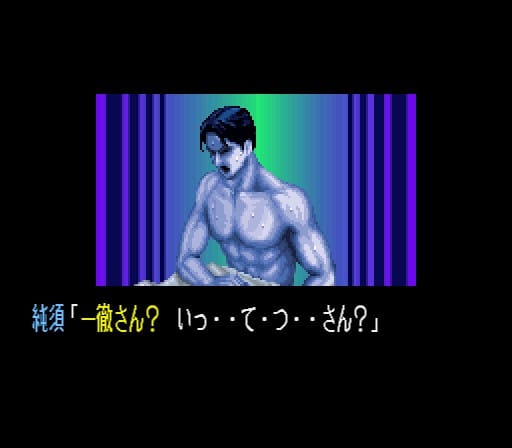
As with most all things, I got better at Fire Pro as I went, initial bouts defined by repetitive arm bars gradually evolving into a flurry of kicks and holds, flinging myself out of a ring after an opponent, or climbing the ropes to slam into an already exhausted man. I started to understand wrestling and Fire Pro, let its systems ingrain onto my muscle. Morio and I grew up together in that way, as I guided him up the ladder of the pro wrestling circuit. Things started making sense. They started to become easier.
It wasn’t enough.
It’s never enough. Nothing is. Nothing can be. Sometimes life seems like gaining and gaining and gaining and yet ultimately remaining as empty as you started, maybe even more-so. Morio grows and gains and falls apart, the once fiery punk with an arsenal of one-liners and comebacks collapsing over the course of the game into a disheveled mess, a man barely there anymore, hardly even present in the ring as he covers himself in blood.
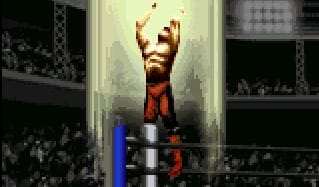
Super Fire Pro Wrestling Special is a heartbreaking, contradictory death wail of intimacy and distance, a profound exploration of a man every inch as unknowable as you and me, searching for wholeness in the ecstatic connection of touch, in pixels meshing together until two become one. It’s a tragedy, as honest and empathetic and cruel and real and true as they come.
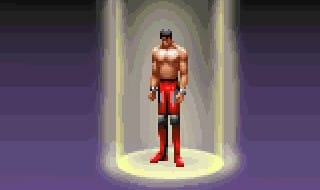
Three days after conquering the world of wrestling and standing at the absolute peak of the sport, having finally proven himself beyond a shadow of a doubt, everybody recognizing him and loving him and respecting him, Morio shoots himself in the head. But by then, you already know: he died the second he touched the belt. He died the second you started the game. And in the end, as the credits roll, all that remains of him is an empty chair.
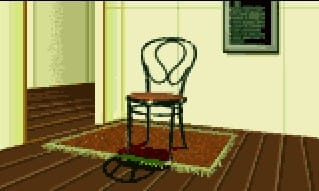
A chair, an absence, the answer left lingering; the unknown, the mystery, the void, the void. An awful set of ellipses…
Music of the Week | Positive Violence by BBBBBBB
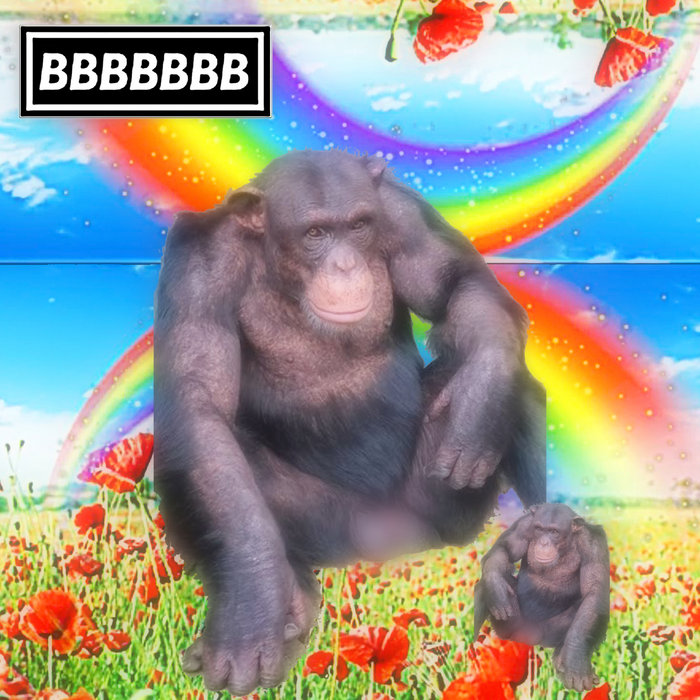
Do you like your music loud? Do you like it vaguely obnoxious (in a good way)? Do you like getting tinnitus? Well then buddy, join the club. BBBBBBB is one of the best groups in Japan right now when it comes to noise and energy, their music digital moshed vomit from an ecstatic, glitched out drunk. Raucous and joyful and gleefully irrelevant, it’s maybe never been more obvious that a group is having the time of their lives making art together. Kind of a perfect album tbh
Book of the Week | The Legends of Tono by Kujiraba
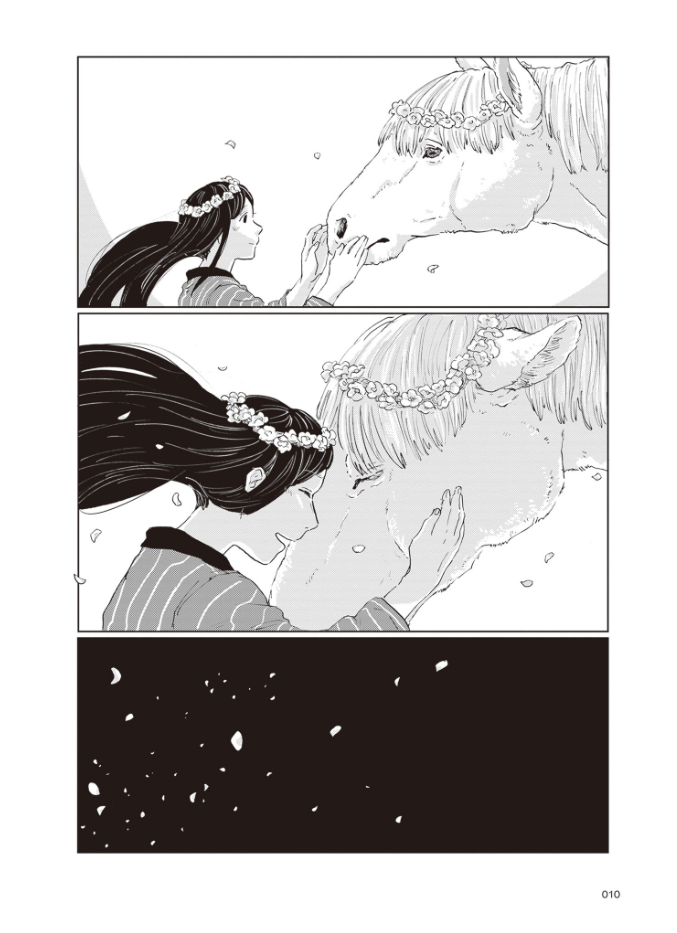
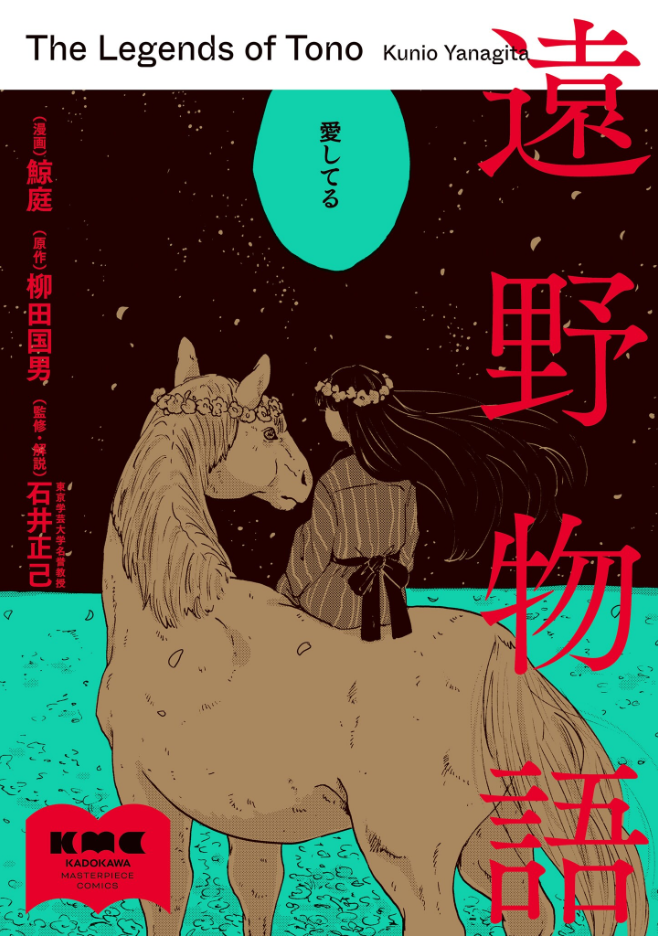
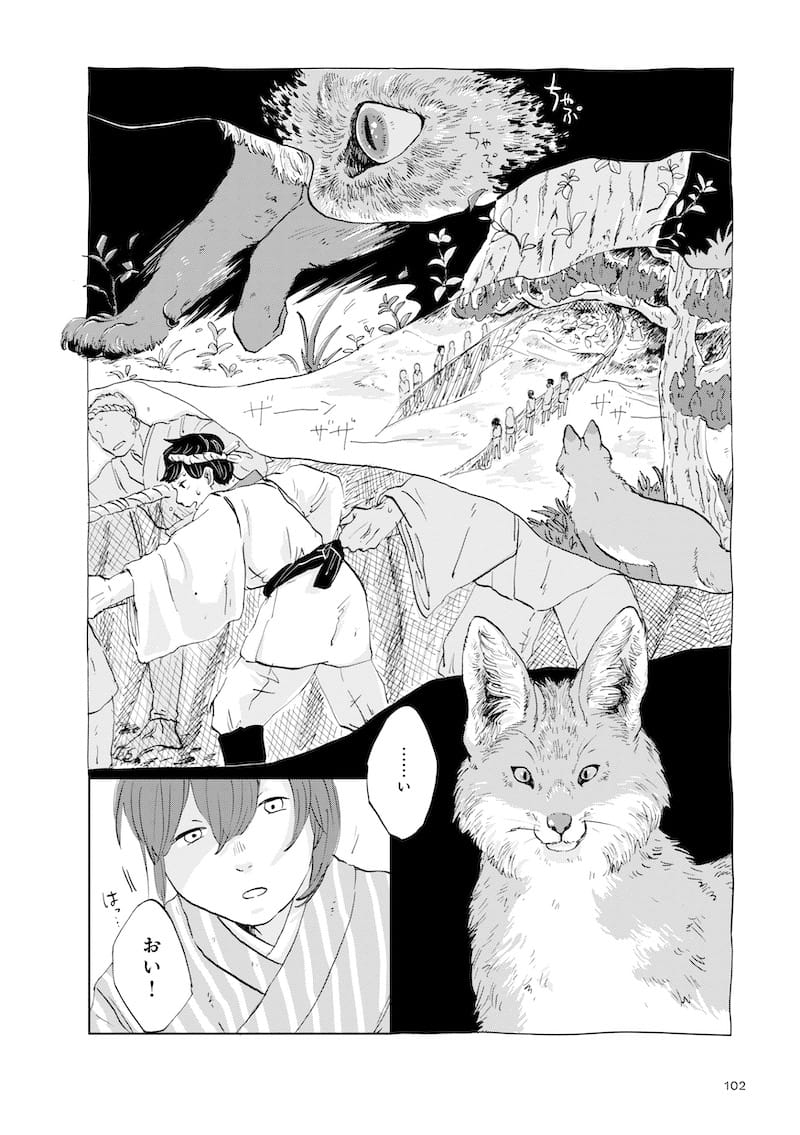
Part of a new series from publisher Kadokawa adapting various literary titles to manga, Tono Monogatari is a jaw-droppingly gorgeous reinterpretation of a handful of stories from one of Japan’s most famous books of folklore. And while when I hear “comic adapting classic lit” my brain knee-jerk assumes something rote and staid, this is enveloping and dreamy, a vibrant life breathed into these short tales that explodes the imagination.
Movie of the Week | Kamen Rider ZO (dir. Keita Amemiya, 1993)
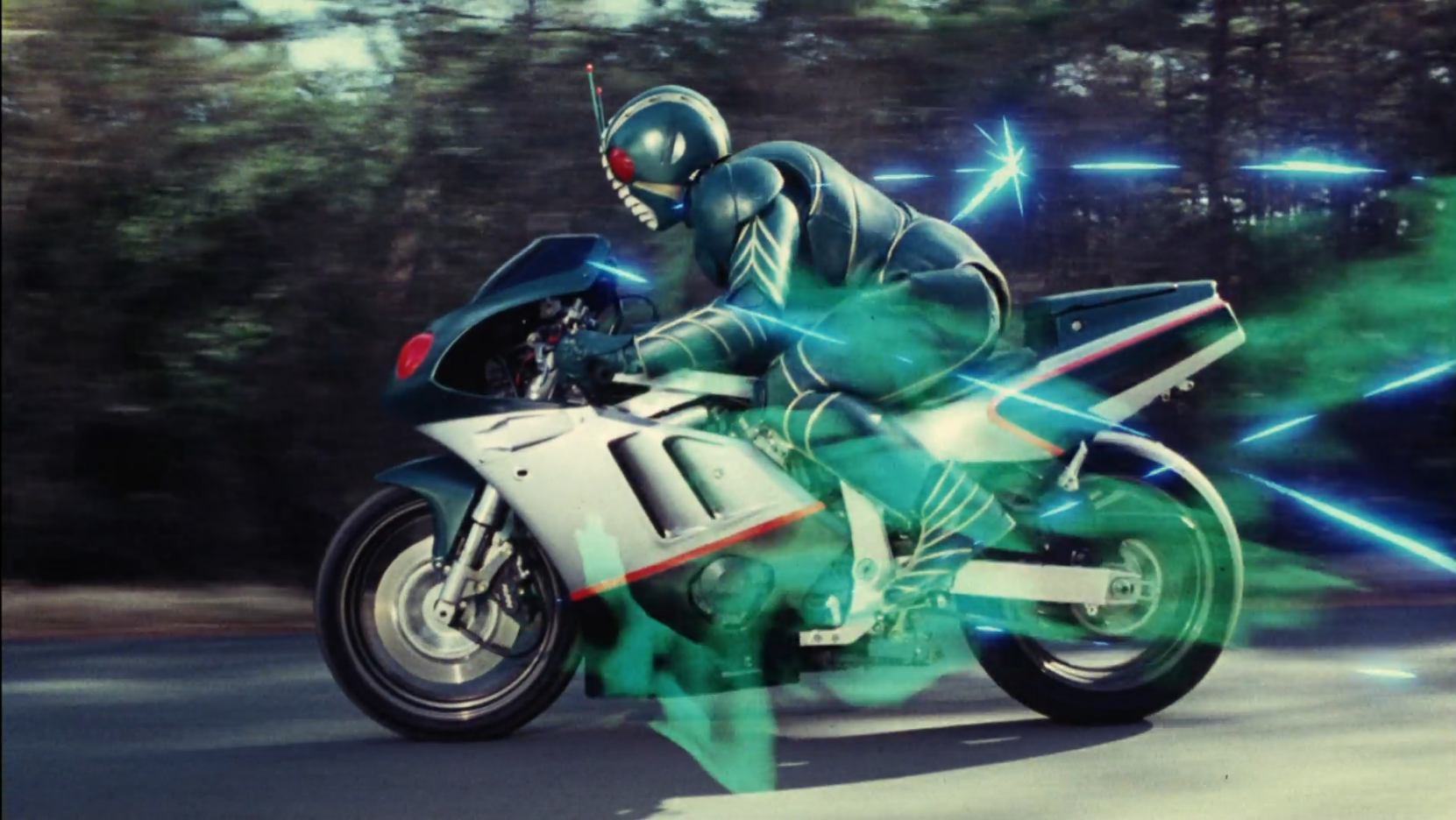

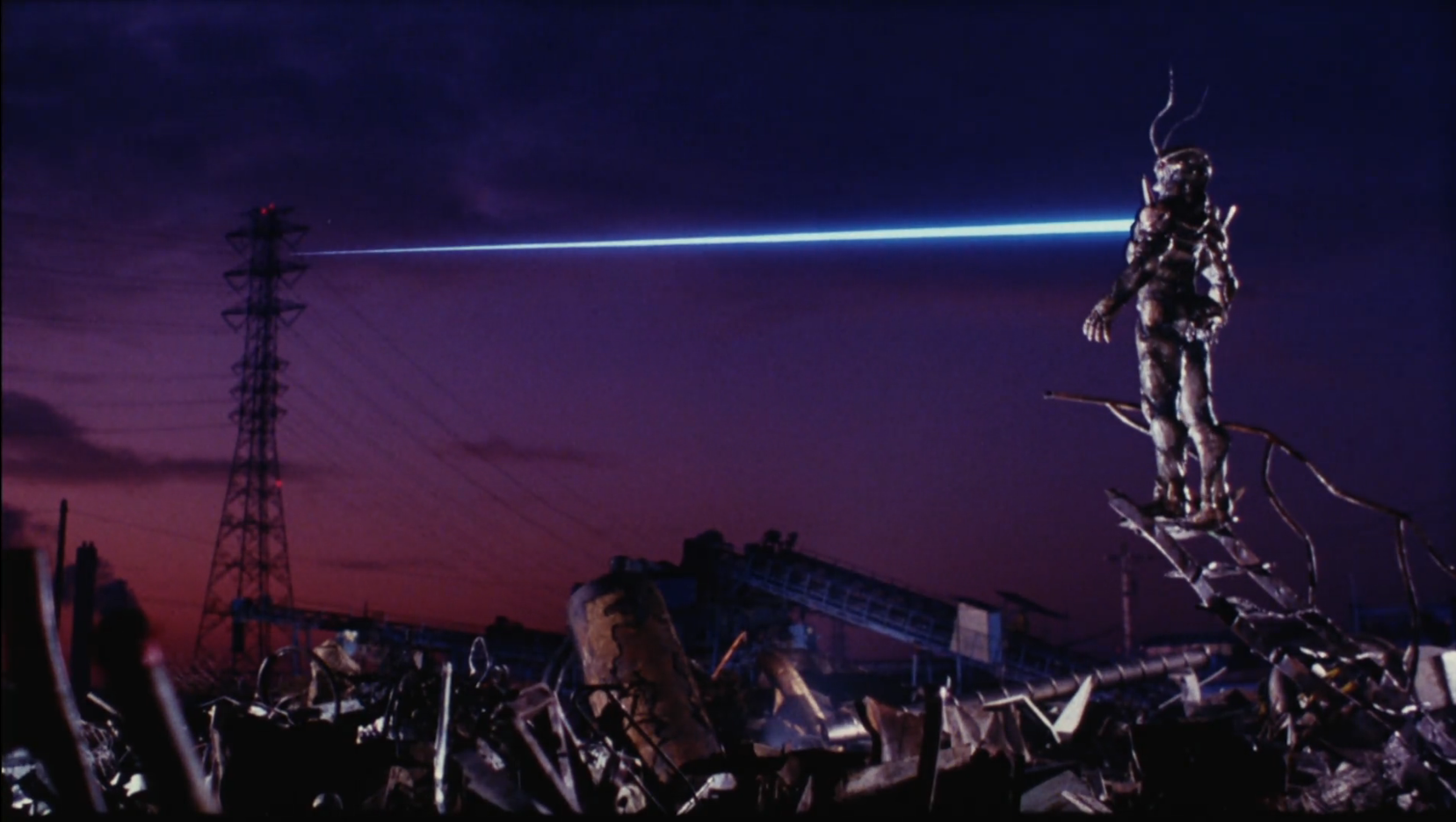
Keita Amemiya is one of the greatest tokusatsu directors there has ever been, and if you want proof, look no further than ZO. At only 50 minutes, this take on the classic bug-fitted motorcylce-riding hero is a shotgun blast of capital F Filmmaking, every scene and every shot blessing your eyeholes with the coolest filmmaking and effect work you’ve ever seen. This is the kind of movie to separate the film-lover from the story-lover—a wild, explosive, invigorating, celebration of the movement of the camera, the physicality of the body, and the magic tricks that are special effects.
Have thoughts about anything covered this week? Got a recommendation you’re dying to share? Want to tell me how handsome and cool I am? Leave a comment below!
oh and here’s a great vid on japanese horror from friend of the blog, Maria

